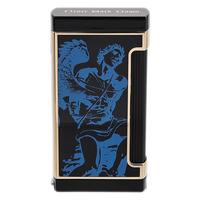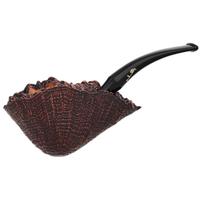The easiest way is to contact a fire protection service.
I’m a fire investigator, I only know the failure modes and what BBS (Burned Black Shit) looks like.
Modern technology would have a triple control panel, but sensors would work at different levels.
Example, a smoke detector doesn’t detect smoke. It detects a disruption between the ion plates. Dust will trigger them.
Trying to avoid my family and my house from becoming that BBS.
We have to place dust covers over the sensors during construction (I'm in construction) in order to avoid setting them off. Fine dust and gypsum from sanding tape joints seem to be the biggest offenders.
I'm assuming they don't pick up pipe smoke huh? That could be obnoxious...
It really requires a certain amount of smoke and/or dust.
For smoke/fire there are 2 types of sensors, ionization and photoelectric.
The ionization type works by placing a small radioactive source between 2 metal plates that completes a path for electric current. Smoke interrupts this path and sets off the alarm. This sensor is better for quicker spreading flaming fires.
The photoelectric type works by shining light straight through an empty chamber. Elsewhere in the chamber is a photosensor that detect light. When smoke enters the chamber it scatters the light causing it to hit the sensor and set off the alarm. This sensor is is better for slow smoldering fires.
Carbon monoxide detectors utilize an electrochemical sensor which works by placing electrodes in an electrolyte (kind of like a battery) and measuring current. When CO enters the electrolyte and reacts with one of the electrodes it increases the electric current and sets off the alarm.
There are also metal oxide CO sensors but I don't seem them being used in these types of detectors.
We have specialty detectors at work for working in confined spaces but these are $400 - $600.
So back to the situation at hand. I can't find a triple sensor detector/alarm.
A little research finds that both quick flaming and slow smoldering types of fires are common but only about 400-500 deaths per year are caused by CO poisoning. I think, for now, the best option is to replace my single ionization detectors with combo ionization/photoelectric detectors and placing a few separate CO detectors around the house is the best way to go. The combo units will be hardwired with battery back-up and interconnected. Since I have solar and have been systematically replacing gas appliances, fixtures, and equipment with electric simple plug-in with battery back-up units will be adequate.












